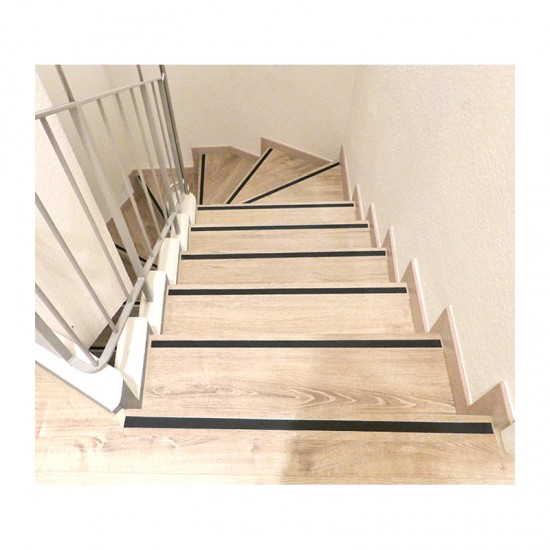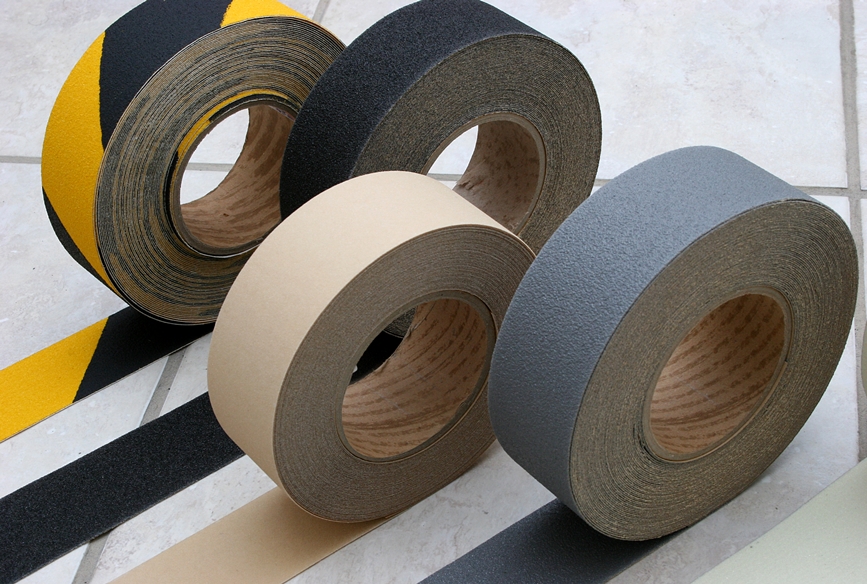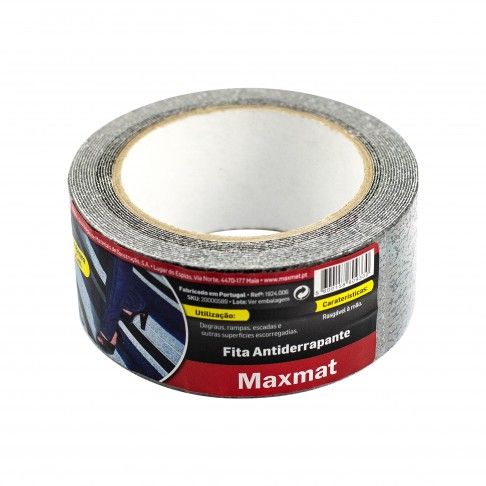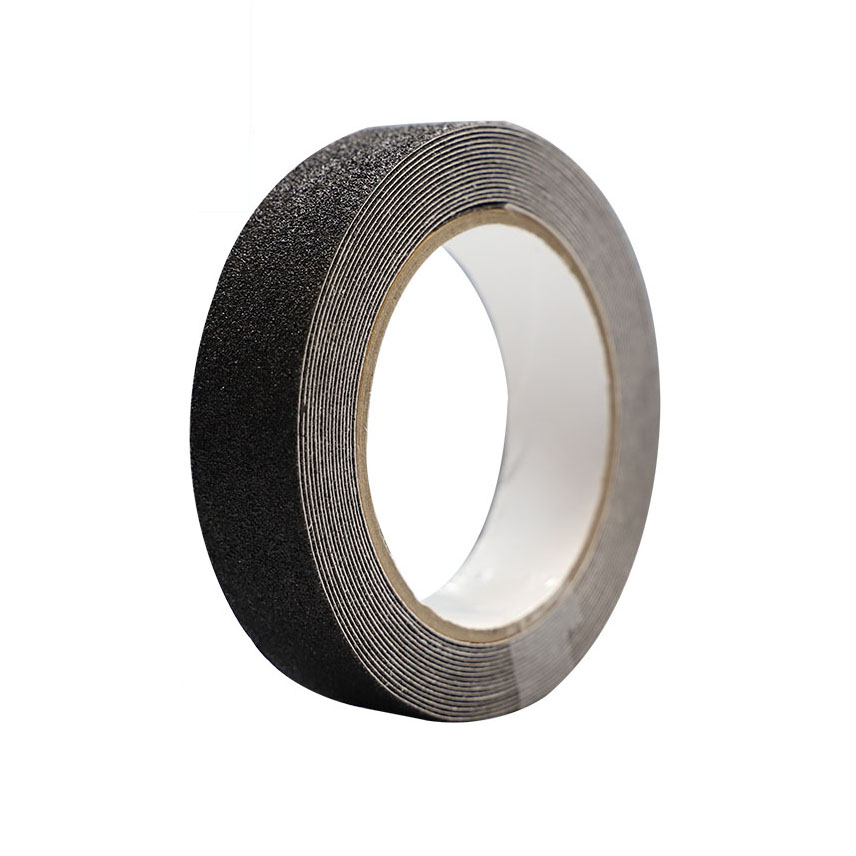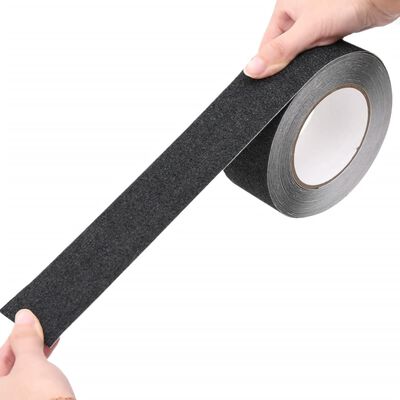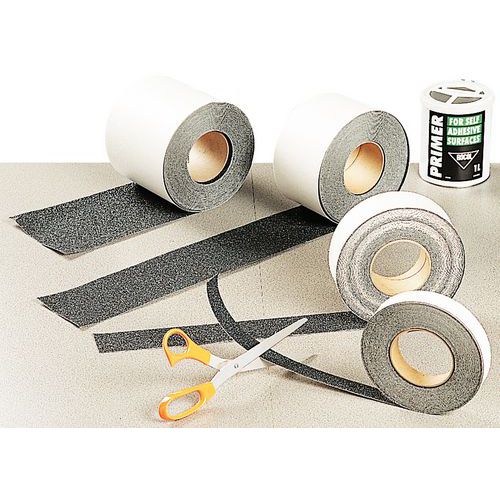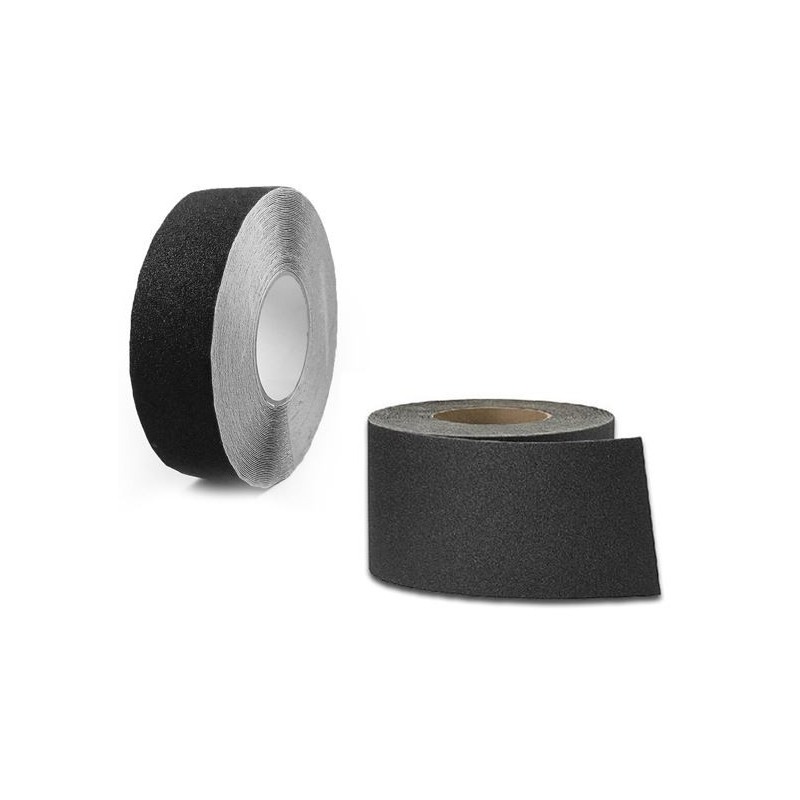
Safety-Walk Anti Slip PVC Fita Antiderrapante Fita para interior e exterior - China Fita Adesiva e fita de camuflagem preço

Fita De Segurança Antiderrapante Para Barco, Fita Abrasiva De Aperto Forte Para Segurança, Uso Interno E Externo, Escadas, Barcos, Material Seguro Para Casa, 2.5cm X 5m - Fitas - AliExpress

Fita antiderrapante Fitas de tração antiderrapante com brilho no escuro Aderência adesiva para piso de escada interna Piso exterior da escada Passo : Amazon.com.br: Ferramentas e Materiais de Construção
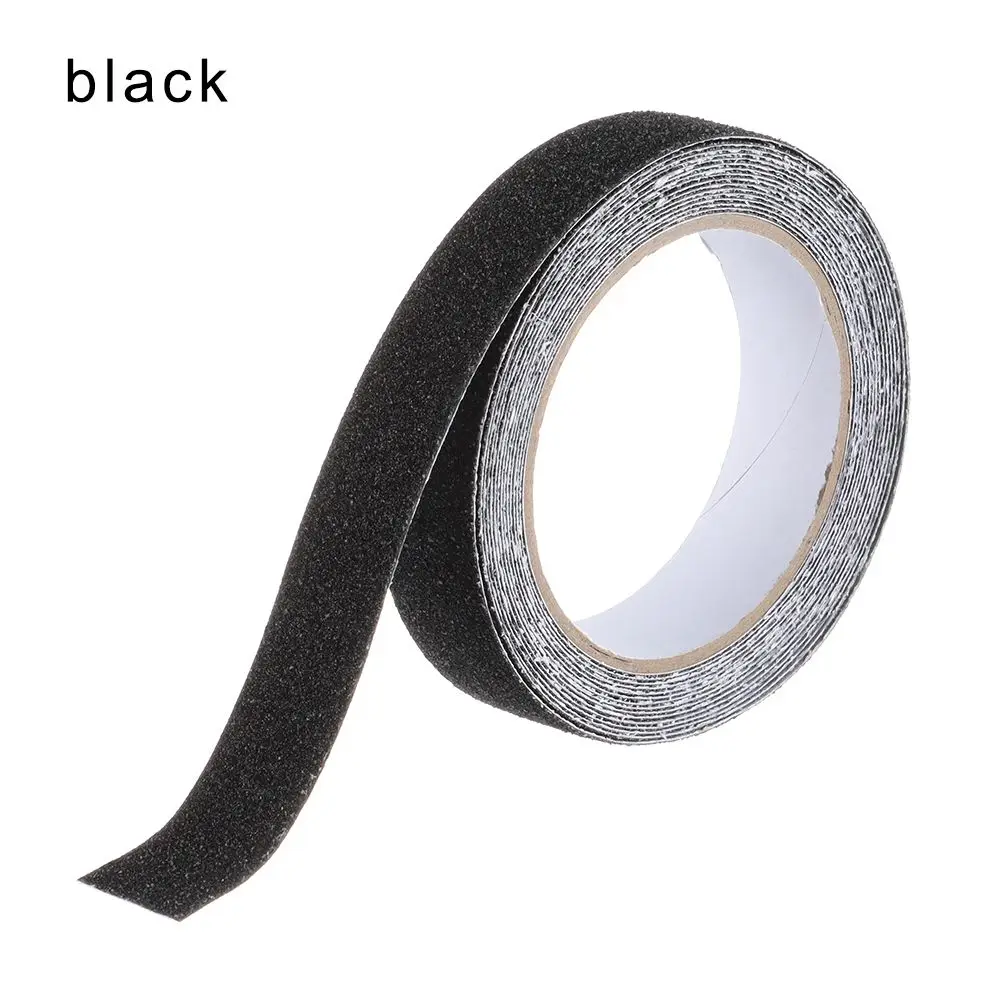
Fita antiderrapante do aperto de segurança, adesivos antiderrapantes, adesivo forte, interior, exterior, escadas, piso, tração, 1 rolo, 5m - AliExpress







